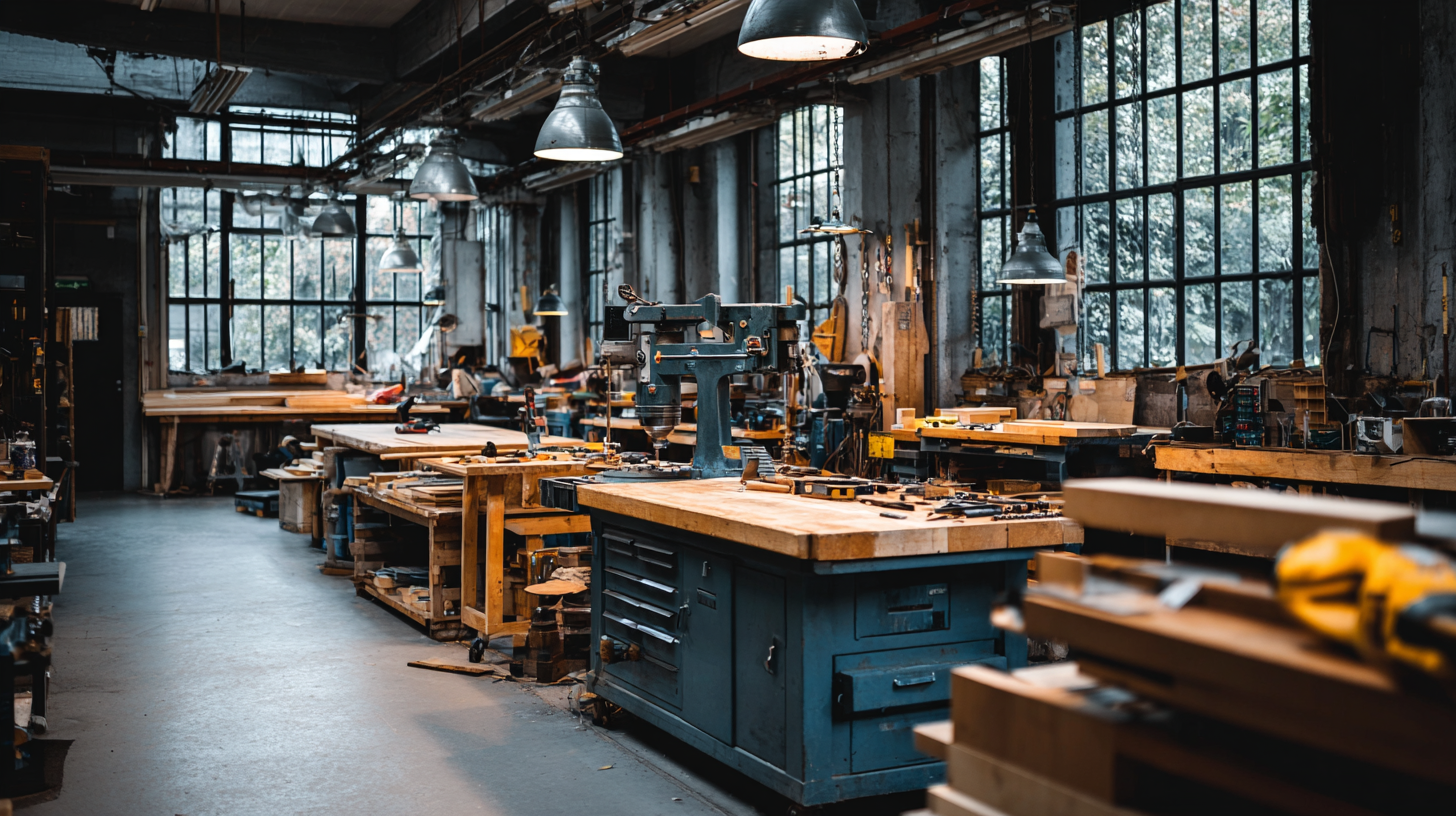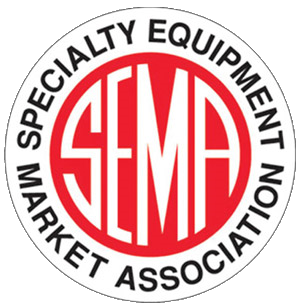How to Choose the Best Industrial Work Bench for Your Workspace
A well-chosen industrial work bench is essential for optimizing productivity and ensuring safety in any workspace. According to a report by Grand View Research, the global workbench market is projected to reach approximately $2.2 billion by 2025, highlighting the increasing demand for efficient and versatile workstations across various industries. As organizations strive to enhance workflow and meet operational demands, selecting the best industrial work bench becomes crucial. Factors such as durability, customization, and ergonomic design play a significant role in creating a conducive working environment. In this blog, we will explore key considerations that can guide you in making an informed decision when choosing the ideal industrial work bench for your specific needs.

Factors to Consider When Comparing Industrial Work Benches for Your Needs
When selecting the best industrial work bench for your workspace, several crucial factors must be considered to ensure optimal functionality and durability. One key element is the bench's load capacity. According to a report by the Industrial Workbench Association, high-capacity benches can support loads ranging from 1,000 to 5,000 pounds, making them suitable for various applications, from heavy manufacturing to detailed assembly tasks. Evaluating the tasks at hand and the frequency of use will guide you in determining the appropriate load capacity needed.
Material composition is another significant factor in your decision-making process. Industrial work benches typically come in materials like steel, wood, or laminate, each offering unique benefits. For instance, a 2021 study by the National Association of Industrial Equipment indicates that steel benches provide superior longevity and robustness, with an average lifespan of over 20 years under normal operational conditions. In contrast, wooden benches may be more suitable for assembly tasks where tools are frequently used, benefiting from their resilience and minimal surface wear. Ultimately, balancing these considerations will lead you to an industrial work bench tailored to your specific needs and workplace environment.
Material Types: Durability and Suitability for Specific Industries
When selecting an industrial workbench for your workspace, the material type plays a crucial role in ensuring durability and suitability for specific industries. According to a report by the Industrial Workbench Market Research, steel and hardwood remain the most popular choices due to their robust nature. Steel workbenches are particularly favored in manufacturing environments where heavy machinery is utilized, as they can withstand significant weight and resist damage from tools and chemicals. These benches typically offer superior longevity, often lasting upward of 25 years under heavy use.
On the other hand, hardwood workbenches are often preferred in woodworking and crafts industries due to their aesthetic appeal and shock-absorbing properties. A study by the Woodworking Industry Association revealed that hardwood not only provides a stable surface to work on, but it is also less likely to scratch or dent compared to metal surfaces. Moreover, certain industries may benefit from specialized materials like anti-static surfaces for electronics manufacturing, ensuring safety and precision. By understanding these material dynamics, businesses can make informed choices that align with their operational needs and expected durability.
Weight Capacity: Choosing a Work Bench for Your Load Requirements
When selecting an industrial workbench, one of the most critical factors to consider is its weight capacity. Depending on your specific load requirements, a heavy-duty workbench can make a significant difference in productivity and safety. For example, if you frequently work with heavy machinery or tools, choose a bench crafted from premium materials such as stainless steel, which guarantees durability and stability, even in wet environments.

Tips for assessing weight capacity begin with understanding the total weight you will typically place on the bench. Consider not just the weight of the tools but also any materials or components in use. It's advisable to look for benches that specify their weight limits explicitly, ensuring they meet or exceed your requirements. Another important tip is to opt for a workbench that allows for future scalability; choosing one with a higher weight capacity than you currently need can provide flexibility as your projects grow in complexity.
Additionally, focus on the design and stability of the workbench. A solid frame and the right leg configuration enhance the bench's ability to handle significant loads without wobbling or bending. An industrial workbench with these features will ensure a safe and efficient working environment, making it an invaluable asset for any workshop or workspace.
Design Features: Ergonomics and Functionality in Industrial Work Benches
When selecting an industrial workbench, ergonomics and functionality are paramount to creating an efficient workspace. An ergonomic design is essential for preventing strain during prolonged use. Look for features such as adjustable heights, which allow users to work comfortably whether standing or sitting. Additionally, consider benches with a sloped surface or rounded edges that promote natural arm positioning, reducing fatigue and enhancing productivity.
Functionality also plays a crucial role in choosing the right workbench. Integrated storage solutions, such as shelves, drawers, and pegboards, can help keep tools and materials organized, maximizing the workspace's efficiency. A sturdy surface that can withstand heavy loads is vital for industrial settings, so opt for materials like steel or solid wood, which offer durability and resilience.
Combining ergonomic design with functional features will ensure that your workbench supports both worker comfort and operational effectiveness, leading to a more productive work environment.
Cost vs. Quality: Finding the Right Balance for Your Workspace Budget
When selecting the ideal industrial workbench for your workspace, finding the right balance between cost and quality is essential. A high-quality workbench can significantly enhance productivity and ensure safety. However, investing too much in a top-tier model may stretch your budget. It's crucial to assess your specific needs first. Consider factors such as the types of projects you undertake, the tools you use, and the frequency of your work. For a workshop that experiences heavy use, opting for a more durable, expensive bench might be wise. Conversely, if your tasks are lighter or occasional, a more budget-friendly option could suffice.

Another strategy for balancing cost and quality is to focus on the features that genuinely matter for your workbench. Look for essential characteristics like stability, weight capacity, and material quality rather than luxury additions that may not enhance functionality. Additionally, consider alternative options like used or refurbished workbenches that can provide excellent quality at a lower price. By prioritizing what you need and exploring various options, you can find a workbench that meets your budgetary constraints without compromising on quality.
Footer
Resource Center
Contact Us
1901 West Main Street
Washington, MO 63090
Main Directory: 1-800-227-4873
Email: sale@pangcofurniture.com
Affiliations


